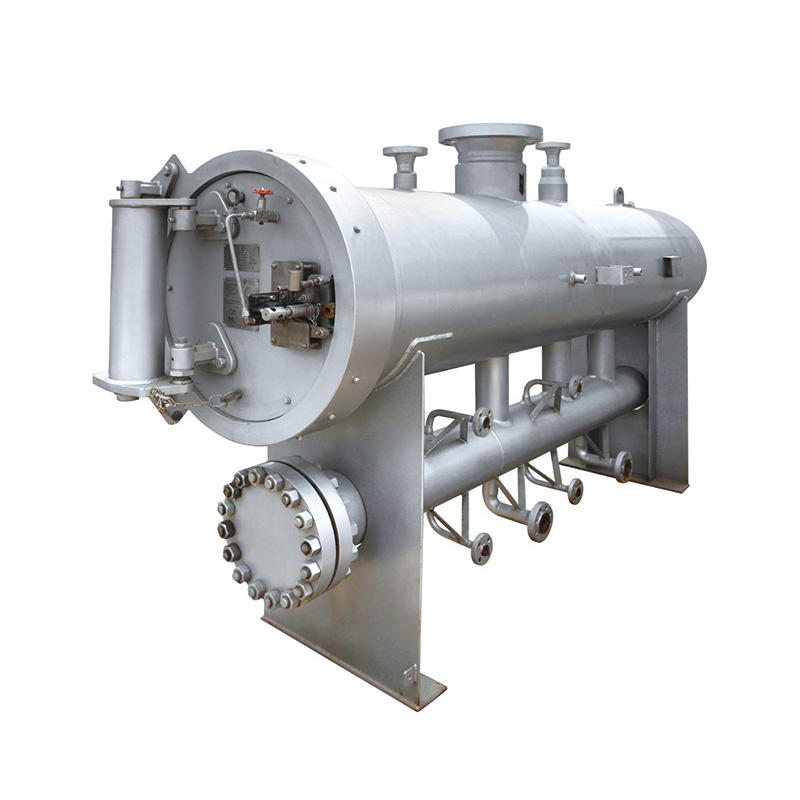
Dec . 06, 2024 20:58
Back to list
relief valves
Understanding Relief Valves A Vital Component for Safety and Efficiency
Relief valves play a critical role in various industrial applications, ensuring safety and efficiency in pressurized systems. These devices are designed to automatically release excess pressure from a system, preventing potential failures that could lead to catastrophic events. Understanding the functioning, types, and applications of relief valves can help industries maintain operational integrity and safety.
The Functionality of Relief Valves
At its core, a relief valve is a safety device that protects pressurized equipment by releasing excess pressure. When the pressure in a system exceeds a predetermined limit, the relief valve opens, allowing fluid to escape. This action prevents the pressure from rising to dangerous levels, which could result in equipment damage or even explosions.
Relief valves operate based on a simple principle they are preset to open at a specific pressure. This set pressure is determined during the design phase of the system and is calibrated based on the materials involved, the operating conditions, and safety regulations. The valve will close once the pressure drops back to acceptable levels, ensuring a stable environment.
Types of Relief Valves
There are several types of relief valves, each suited for different applications and industries. The most commonly used types include
1. Pressure Relief Valves (PRVs) These are used to control the pressure in storage tanks, pipelines, and other pressurized systems. PRVs can be actuated by either spring force or by a weight system and are designed to maintain a specific pressure setting.
2. Safety Relief Valves (SRVs) Similar to PRVs, SRVs are primarily used in applications where rapid pressure relief is critical. They are often employed in steam boilers and process equipment where sudden pressure surges can occur.
3. Pilot-operated Relief Valves These valves use a smaller valve called a pilot valve to control a larger valve. This design allows for greater accuracy and efficiency, making them suitable for high-pressure applications, including those in the oil and gas industry.
4. Vacuum Relief Valves Unlike the other types, vacuum relief valves protect against negative pressures that can occur in a system, preventing vacuum conditions that can potentially collapse vessels or cause damage.
relief valves

Applications of Relief Valves
Relief valves are indispensable in many sectors, including
- Chemical Processing In chemical plants, relief valves manage pressure in reactors, separators, and storage tanks, ensuring safe operation and compliance with regulations.
- Oil and Gas Industry Relief valves are critical for protecting pipelines, storage tanks, and drilling operations from pressure imbalances that can lead to hazardous situations.
- Power Generation In steam and gas turbines, relief valves help maintain operational pressure, ensuring efficient energy production while safeguarding equipment.
- Water and Wastewater Management Relief valves in pumping stations and treatment facilities prevent backpressure that can compromise system integrity and performance.
Maintenance and Inspection
To ensure continued performance and safety, regular maintenance and inspection of relief valves are essential. Operators should conduct routine checks to verify the pressure settings, inspect for leaks, and ensure that the valves function correctly. Any signs of wear, corrosion, or malfunction should be addressed immediately to prevent potential failures.
Moreover, it’s vital to adhere to industry standards and manufacturer guidelines regarding the installation and maintenance of relief valves. Proper documentation and maintenance logs can help track the performance of these devices and ensure compliance with safety regulations.
Conclusion
Relief valves may seem like a simple component of complex systems, but their significance cannot be overstated. They are a first line of defense against overpressure scenarios, protecting both equipment and personnel. Understanding their operation, types, applications, and the importance of maintenance is crucial for any industry relying on pressurized systems. Investing in high-quality relief valves and ensuring they are properly maintained can lead to enhanced safety, reduced downtime, and overall operational efficiency.
Next:
Latest news
-
Safety Valve Spring-Loaded Design Overpressure ProtectionNewsJul.25,2025
-
Precision Voltage Regulator AC5 Accuracy Grade PerformanceNewsJul.25,2025
-
Natural Gas Pressure Regulating Skid Industrial Pipeline ApplicationsNewsJul.25,2025
-
Natural Gas Filter Stainless Steel Mesh Element DesignNewsJul.25,2025
-
Gas Pressure Regulator Valve Direct-Acting Spring-Loaded DesignNewsJul.25,2025
-
Decompression Equipment Multi-Stage Heat Exchange System DesignNewsJul.25,2025

